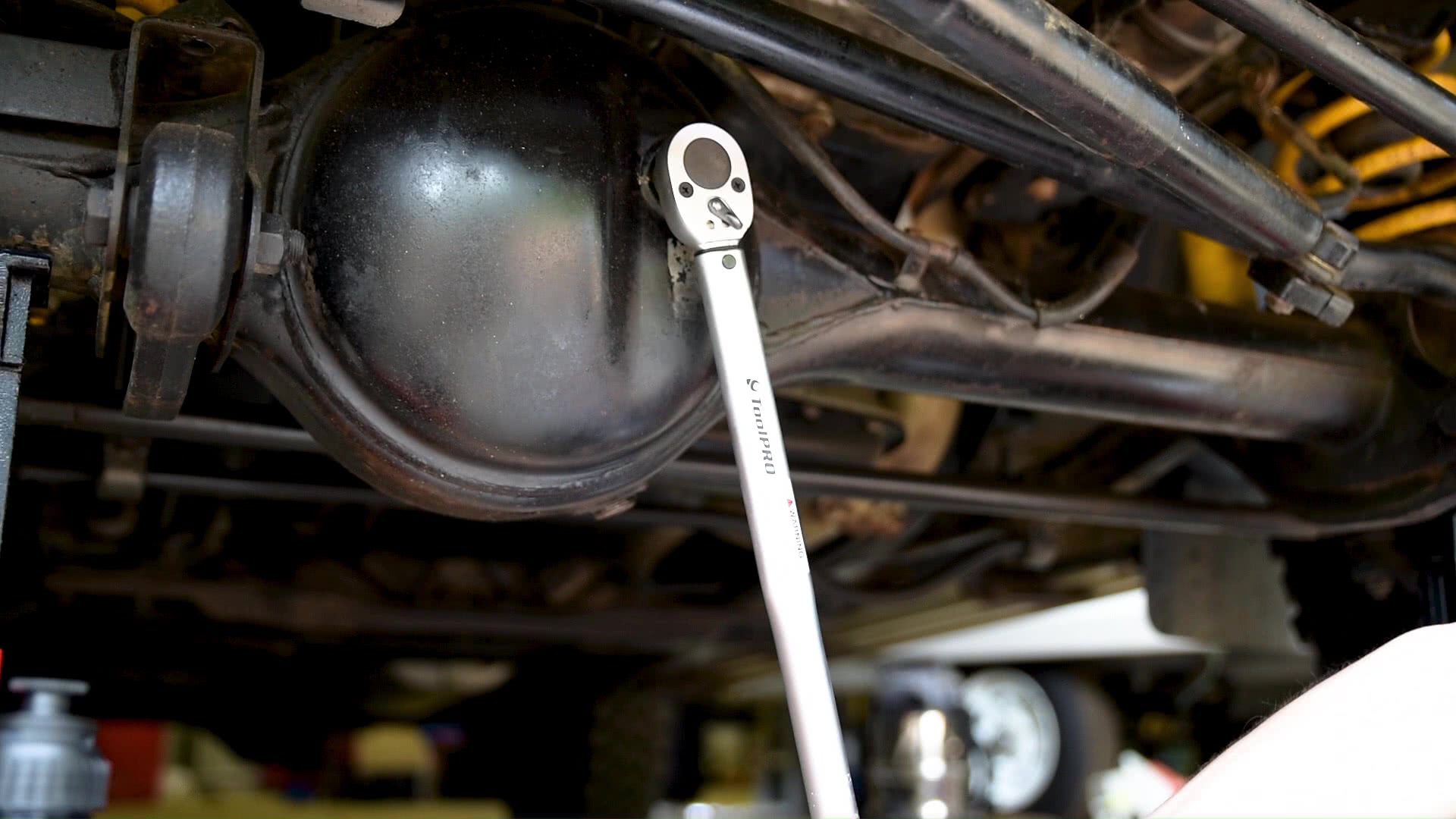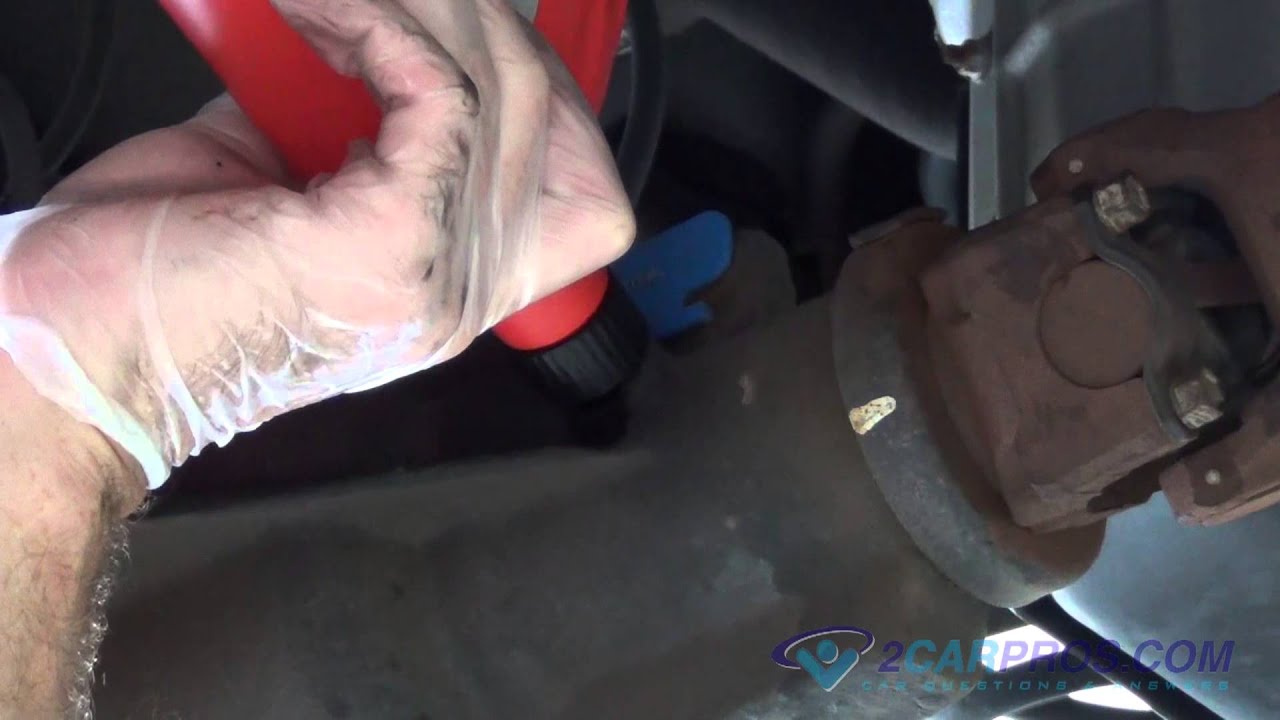Table of Contents
Keep Your Drivetrain Running Smoothly—Avoid Costly Repairs with Simple Maintenance!
1. Why Differential Fluid Matters ⚠️
The differential allows your wheels to spin at different speeds while delivering power. Without proper lubrication:
- Gears wear prematurely: Metal-on-metal contact causes $1,500+ repairs.
- Overheating: Thick or degraded fluid can’t cool the gears.
- Noise: Whining or grinding sounds from the rear/front axle.
- Reduced traction: Poor lubrication affects performance in turns.
Key Stat: 30% of differential failures stem from low/contaminated fluid (NHTSA).
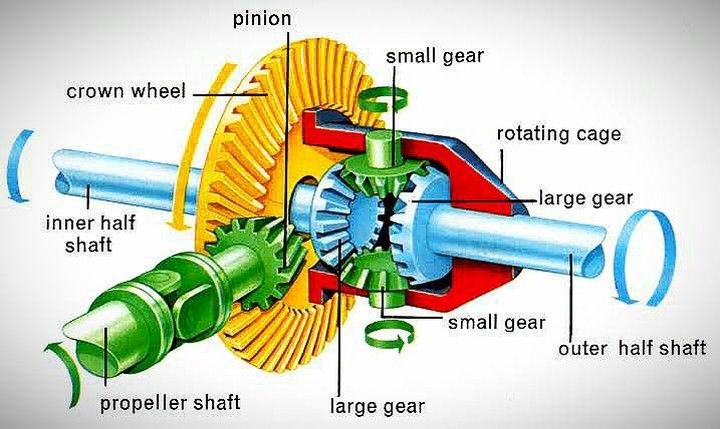
2. Signs Your Differential Fluid Needs Attention 🚨
- Whining or howling during acceleration or turns.
- Vibrations from the axle.
- Leaks under the differential (dark, sticky fluid).
- Burnt smell from overheated gear oil.
- Scheduled maintenance: Most cars need a fluid change every 30k–60k miles.
Pro Tip: Check your owner’s manual—some trucks/SUVs require more frequent changes.
3. Tools & Materials Needed 🧰
- Gear oil: GL-5 rated (75W-90, 80W-90, etc.—check manual).
- Socket set (for fill/drain plugs).
- Fluid pump or hand squeeze bottle.
- Jack and jack stands.
- Safety glasses and gloves.
- Lint-free rag.
Cost: 20–50 (DIY) vs. 100–300 (pro service).

4. Step-by-Step Guide to Checking Fluid 🔍
Step 1: Lift the Vehicle
- Park on level ground, engage parking brake, and lift the rear/front axle. Use jack stands for safety.
Step 2: Locate the Differential
- Rear differential: Between the rear wheels (solid axle or independent).
- Front differential: Part of the transaxle in FWD/AWD cars.
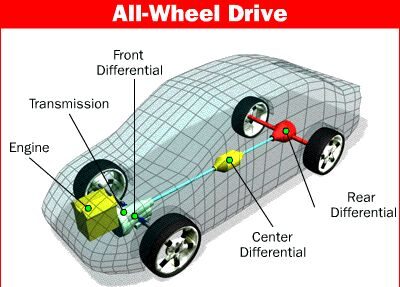
Step 3: Inspect the Fill Plug
- Clean the area around the fill plug (prevents debris from entering).
- Remove the fill plug with a socket (often ⅜” or ½” drive).
Step 4: Check Fluid Level & Condition
- Level: Fluid should reach the bottom of the fill hole.
- Condition:
- Healthy: Amber or brown, smooth texture.
- Bad: Black, gritty, or smells burnt.
5. How to Top Up Differential Fluid 🔧
- Insert Pump: Attach the pump nozzle to the gear oil bottle.
- Add Fluid: Slowly pump until fluid seeps out of the fill hole.
- Reinstall Plug: Wipe the plug, apply thread sealant, and torque to spec.
Warning: Never overfill—excess fluid causes foaming and leaks!
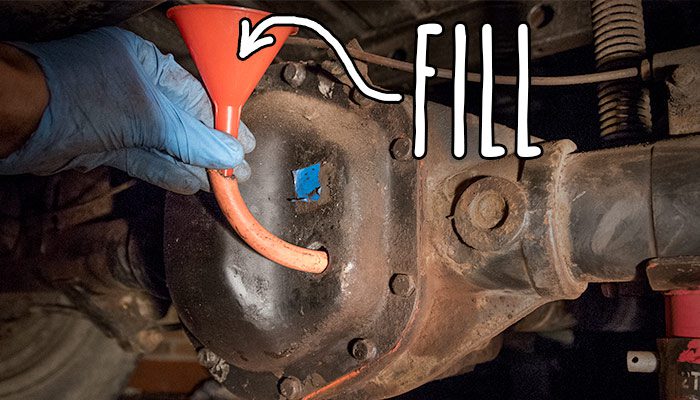
6. When to Replace Fluid vs. Top Up 🛠️
- Top Up: If fluid is slightly low but clean.
- Full Change: If fluid is dark, gritty, or has metal flakes (indicating wear).
Pro Tip: Replace the crush washer on the drain plug to prevent leaks.
7. Common Mistakes to Avoid 🚫
- Using the wrong oil: GL-5 for most differentials; GL-4 for older manuals.
- Ignoring leaks: Fix worn seals (pinion or axle seals).
- Skipping the torque wrench: Over-tightening cracks the housing.
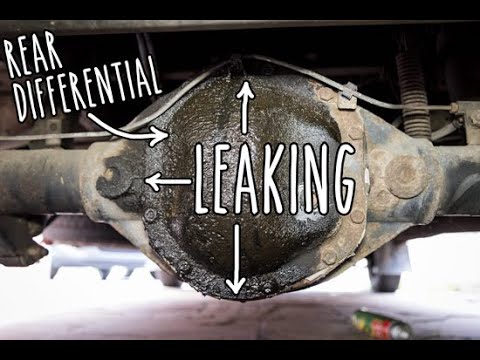
8. Cost Comparison: DIY vs. Pro 💸
| Service | DIY Cost | Pro Cost |
|---|---|---|
| Top-Up | 20–40 | 80–150 |
| Full Fluid Change | 50–100 | 200–400 |
| Seal Replacement | 30–60 | 300–600 |
9. FAQs ❓
Q1: How often should I check differential fluid?
A: Every 15k miles or before long trips.
Q2: Can I use engine oil instead of gear oil?
A: No! Gear oil has additives for high-pressure lubrication.
Q3: Do electric cars have differentials?
A: Yes, but some use sealed units with “lifetime” fluid (check manual).
Q4: What’s the difference between front and rear differentials?
A: Rear diff handles more torque; front diff is often part of the transaxle.
Q5: Why is my differential leaking after off-roading?
A: Water/mud can degrade seals—inspect after heavy use.
10. Pro Tips for Longevity 💡
- Use synthetic gear oil: Handles extreme temps better.
- Check breather vents: Clogged vents cause pressure buildup and leaks.
- Upgrade for towing: Heavy-duty gear oil (e.g., 75W-140) for trucks.
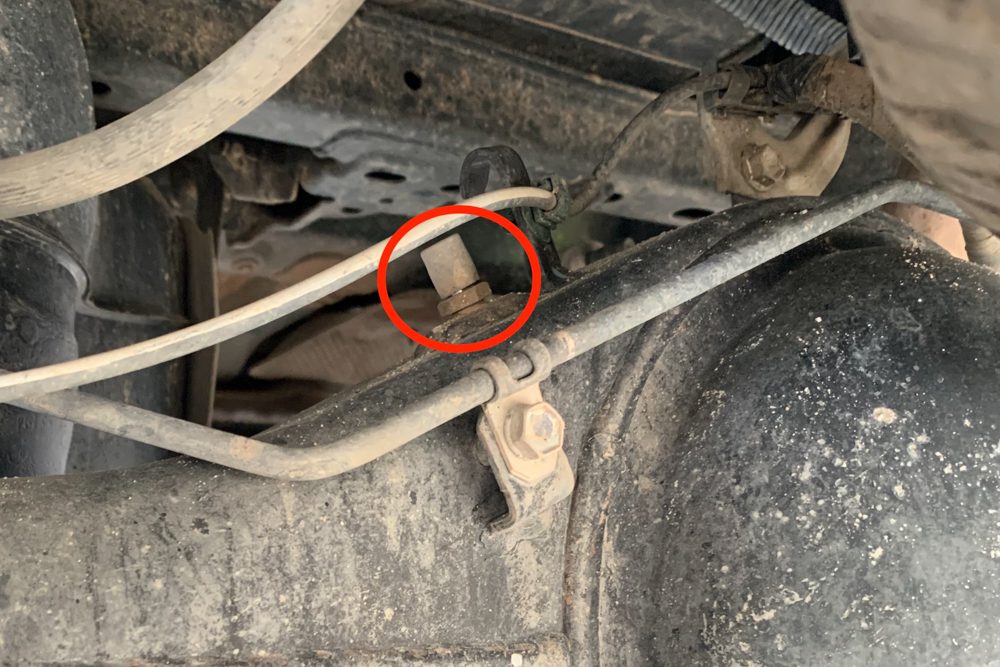
11. Free Differential Maintenance Checklist 📝
[🔗 Download Your Free PDF Here]
Includes:
- Fluid change intervals by vehicle type.
- Leak inspection checklist.
- Gear oil buying guide.
Expand Your Automotive Knowledge 📝
Explore 500+ Free Expert-Curated Guides
🚗 Learn New Skills
From basic maintenance to advanced repairs — clear, actionable tutorials for every skill level.
🌍 Access Anywhere
Mobile-friendly guides with HD visuals. No downloads required.
- Guides & Tutorials
- Car Maintenance 101
- Diagnostics & Troubleshooting
- Seasonal Maintenance
- Budget-Friendly Repairs
- Electrical Systems Guide
- Car Safety & Reliability
- Tools & Product Reviews
- Routine Maintenance
- Car Modifications & Upgrades
- Buying/Selling Guides
- Eco-Friendly Car Care
- Advanced Repairs
- Car Laws & Compliance
- Emergency Repairs
- Future Car Tech

